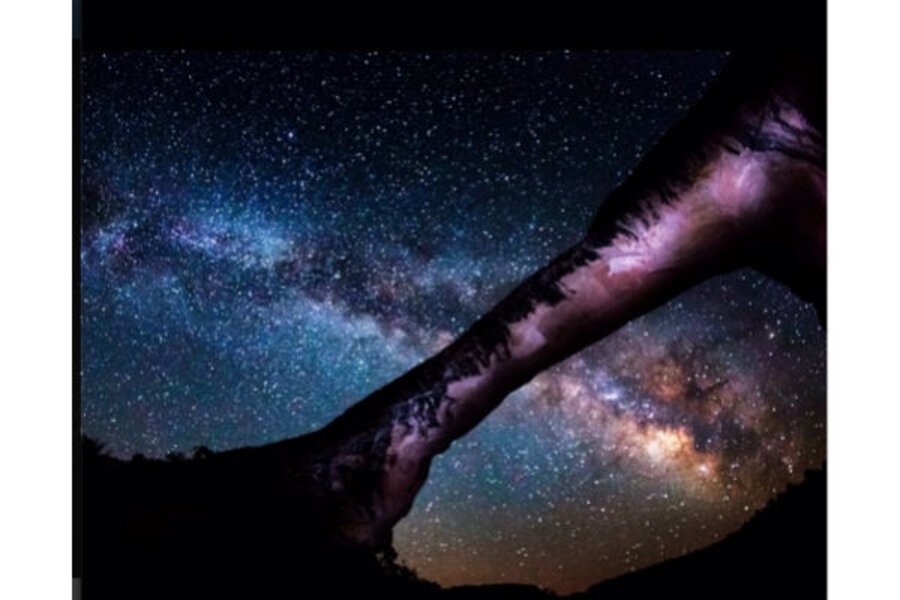National Trails Day: Explore America’s great landscapes online first
Loading...
I find myself planning adventures online as I wait for the chance to take my toddler-age son on his first camping trip. There's an expanding trove of information available to inspire you and to help plan your trip.
For instance, I was flipping through my Flipboard news app on my phone, when I came upon a picture from the US Department of the Interior via Instagram. Awesome.
I realized that thanks to not only the web, but also social media in particular, families can take their nature adventure planning to the next level, before they even lace up their hiking boots.
Many of the National Parks and National Forests have extensive web sites for trip planning and detailed directions for navigating their landscapes. With the increase in social media, even the most unplug-worthy sites in the world are pinning, tweeting, and posting selfies to Instagram, all in a bid to keep actual, and virtual visitors intrigued by the natural world.
The American Hiking Society, which helps facilitate a series of events on National Trails Day (Saturday, June 7), also offers pages and feeds on Facebook, Twitter, Pinterest, Instagram, Tumblr, Google+, and a YouTube channel. Here’s hoping their social media team also gets out for a hike every once in awhile between all of those posts.
Also, real-time social media helps with real-time alerts regarding safety at outdoor destinations. If a park needs to close for a weather, fire, or another kind of emergency, their first defense to keep travelers safe and well-informed. In some cases, like this tweet shows, parks deliver online alerts for pre-planned burns, a helpful heads up for trip planning:
And if certain locations don’t have their own feeds, or only mainly static web sites with basic information, take a trip to the nearest search engine to discover what results you find in an online search.
For instance, Yosemite National Park does not have its own page on Instagram, but online explorers will find plenty of images tagged with Yosemite, and enthusiast blogs like YExplore Yosemite Photography, operated by a touring guide group that serves Yosemite National Park.
These online resources are a great way for parents to show kids areas of the US that you might not get around to on the next family vacation, and to help get them excited for exploring the outdoors. Plus, sites such as the US Geological Service also offer online map-making tools to help take trip-planning to the next level.
Before you shop (or hit the library) for guide books, go online to see what surfaces after a quick search of your hiking destination. Though you may lose yourself in the massive amount of information and images, you will find, like author J.R.R. Tolkien wrote, “not all who wander are lost.”






